
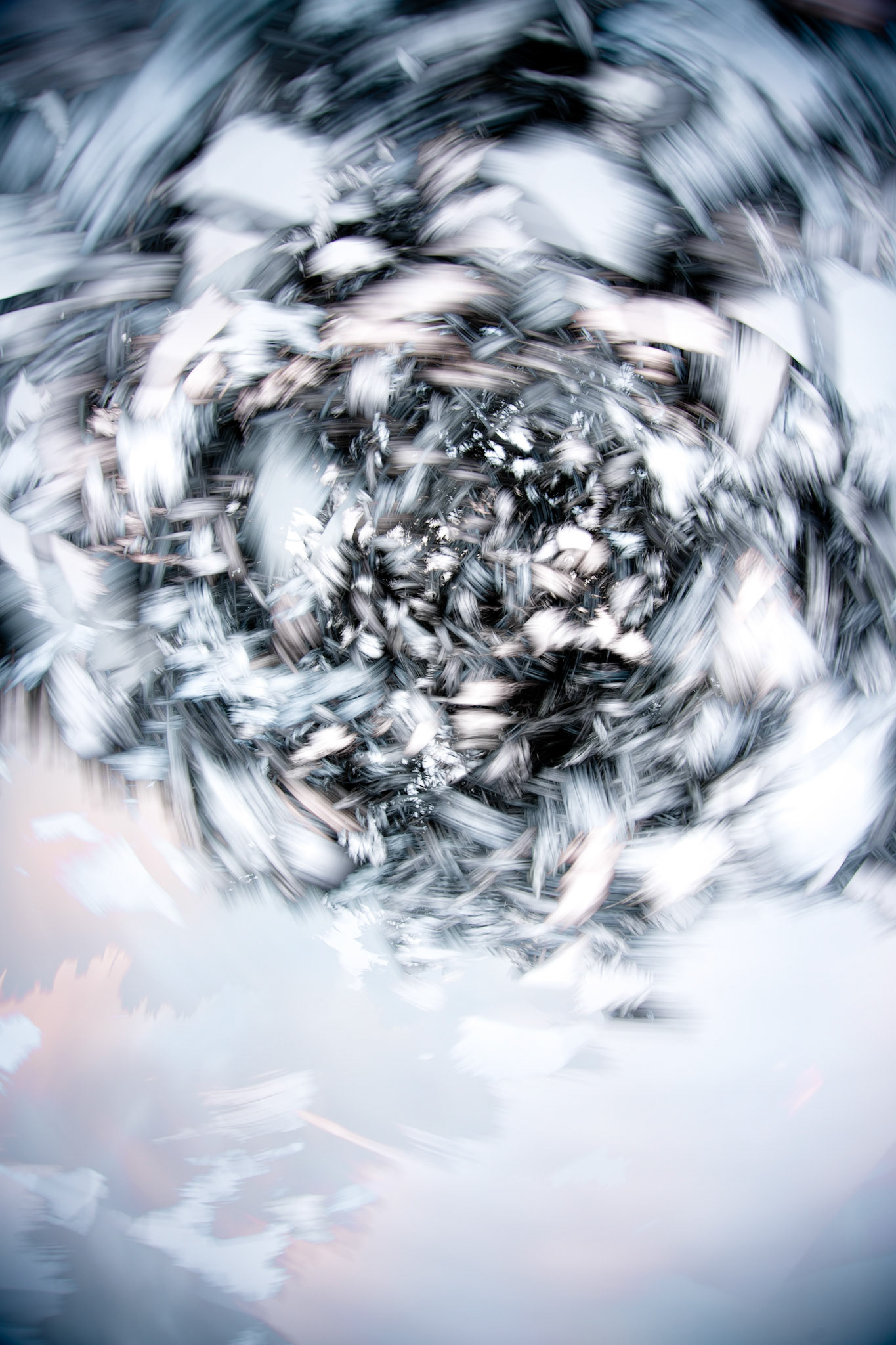
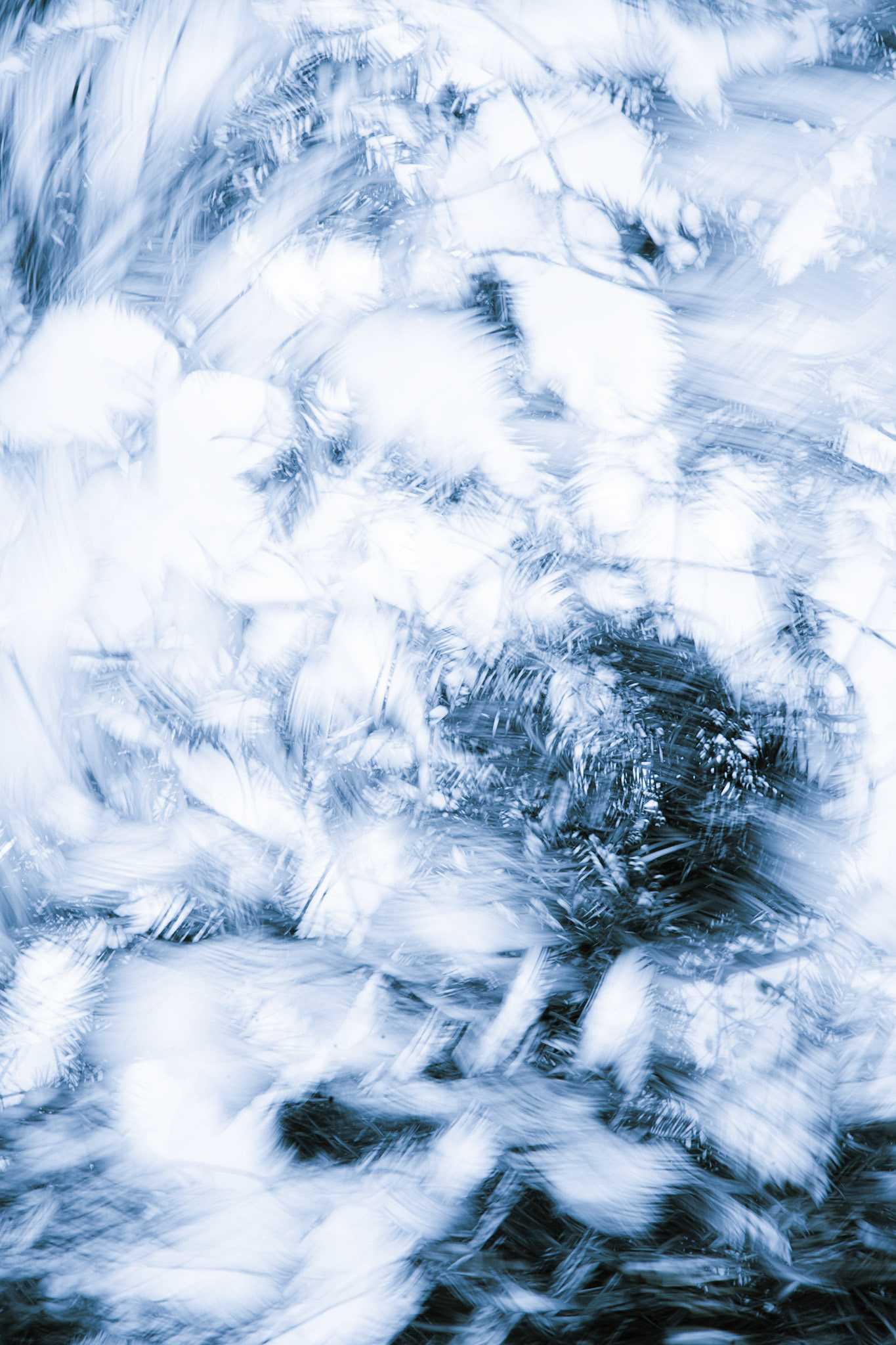

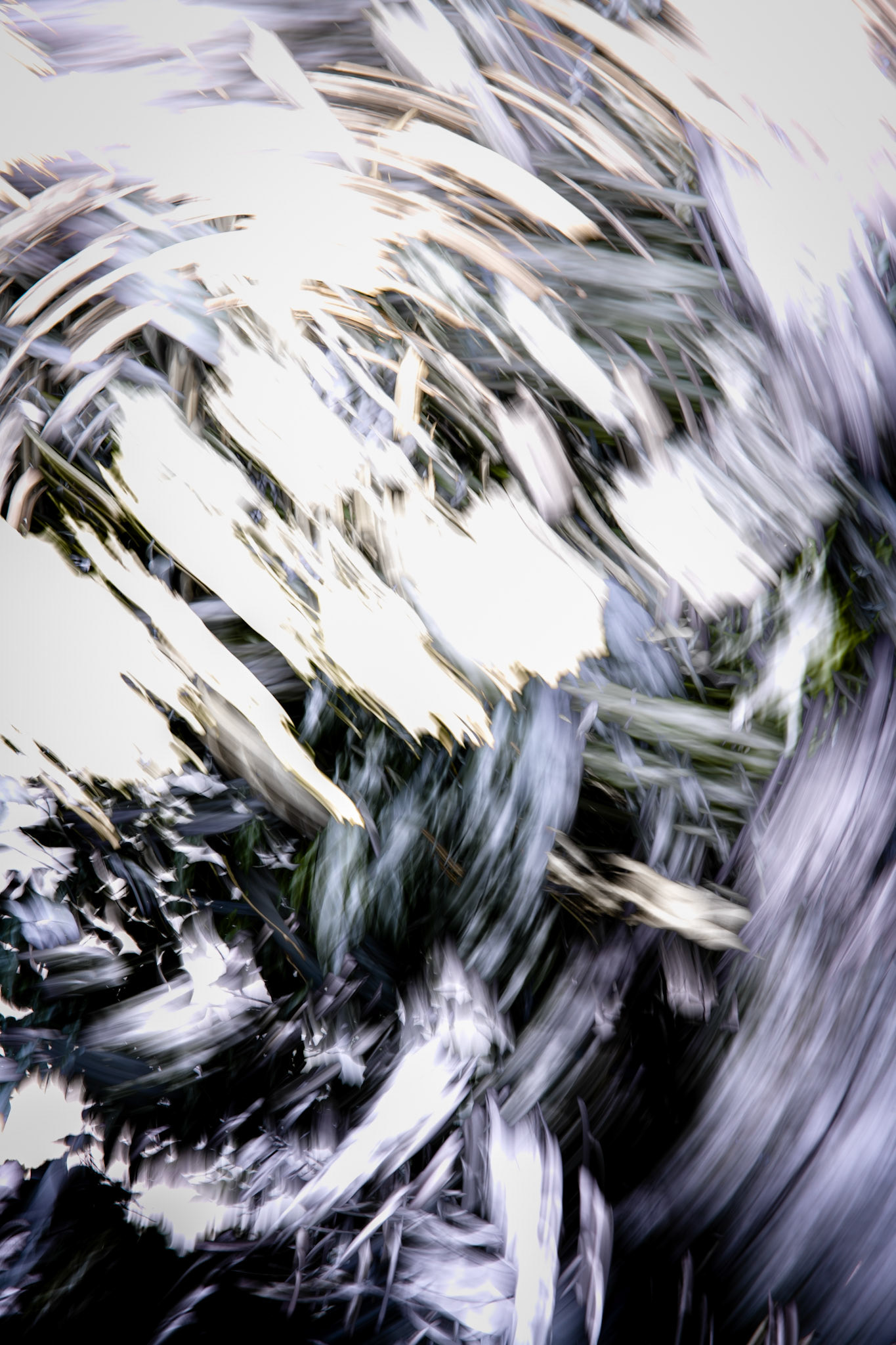
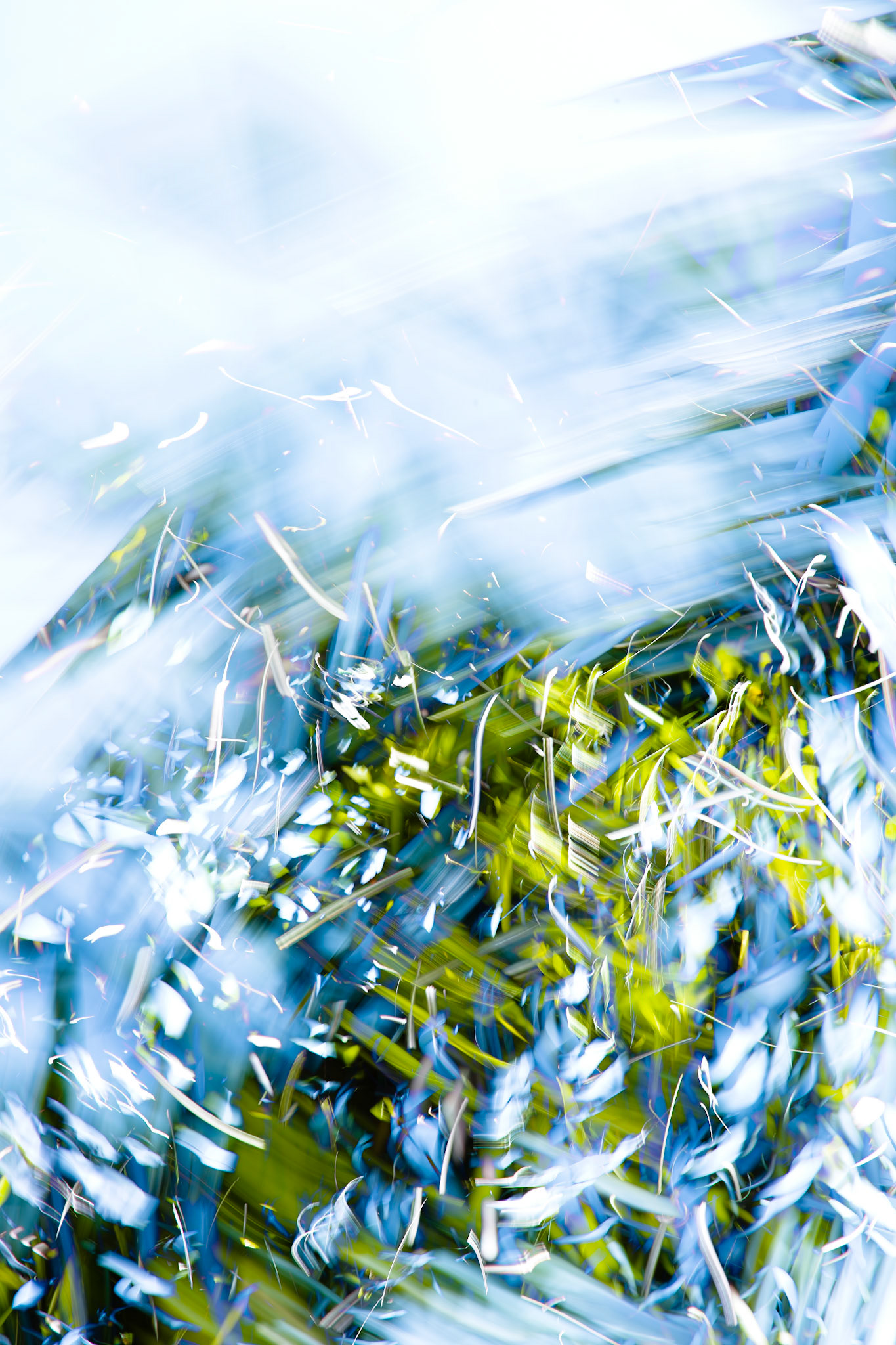
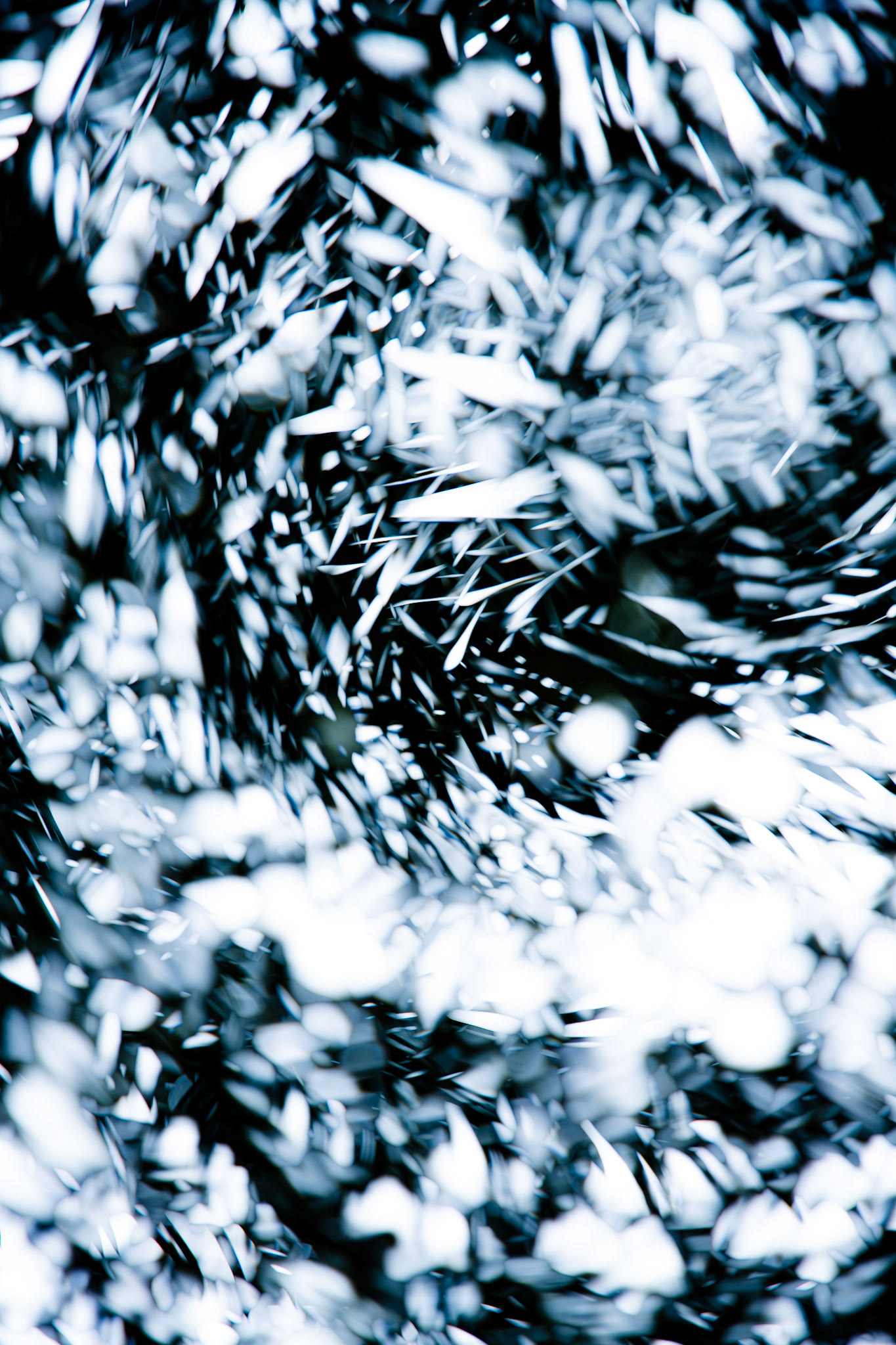


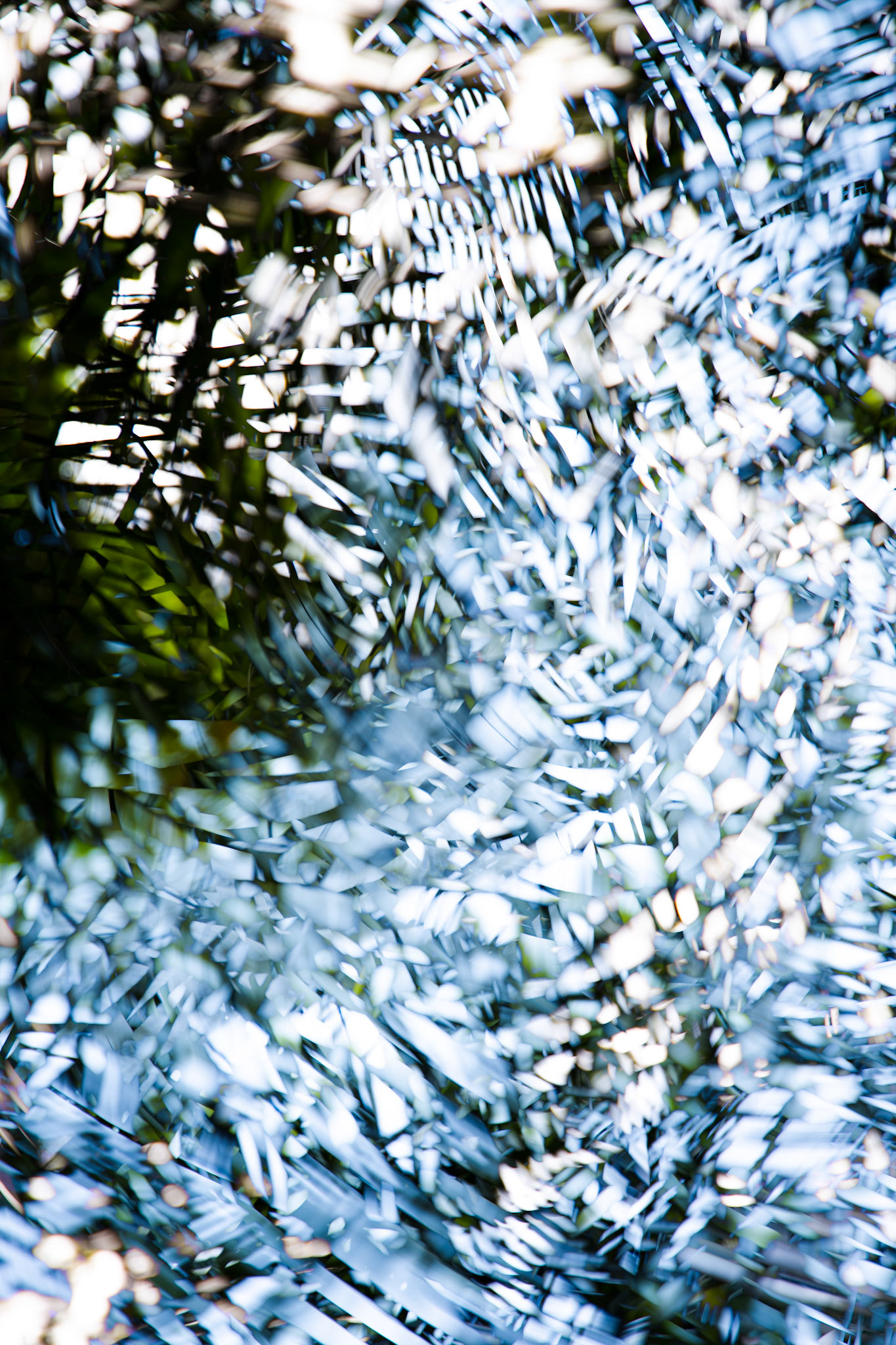
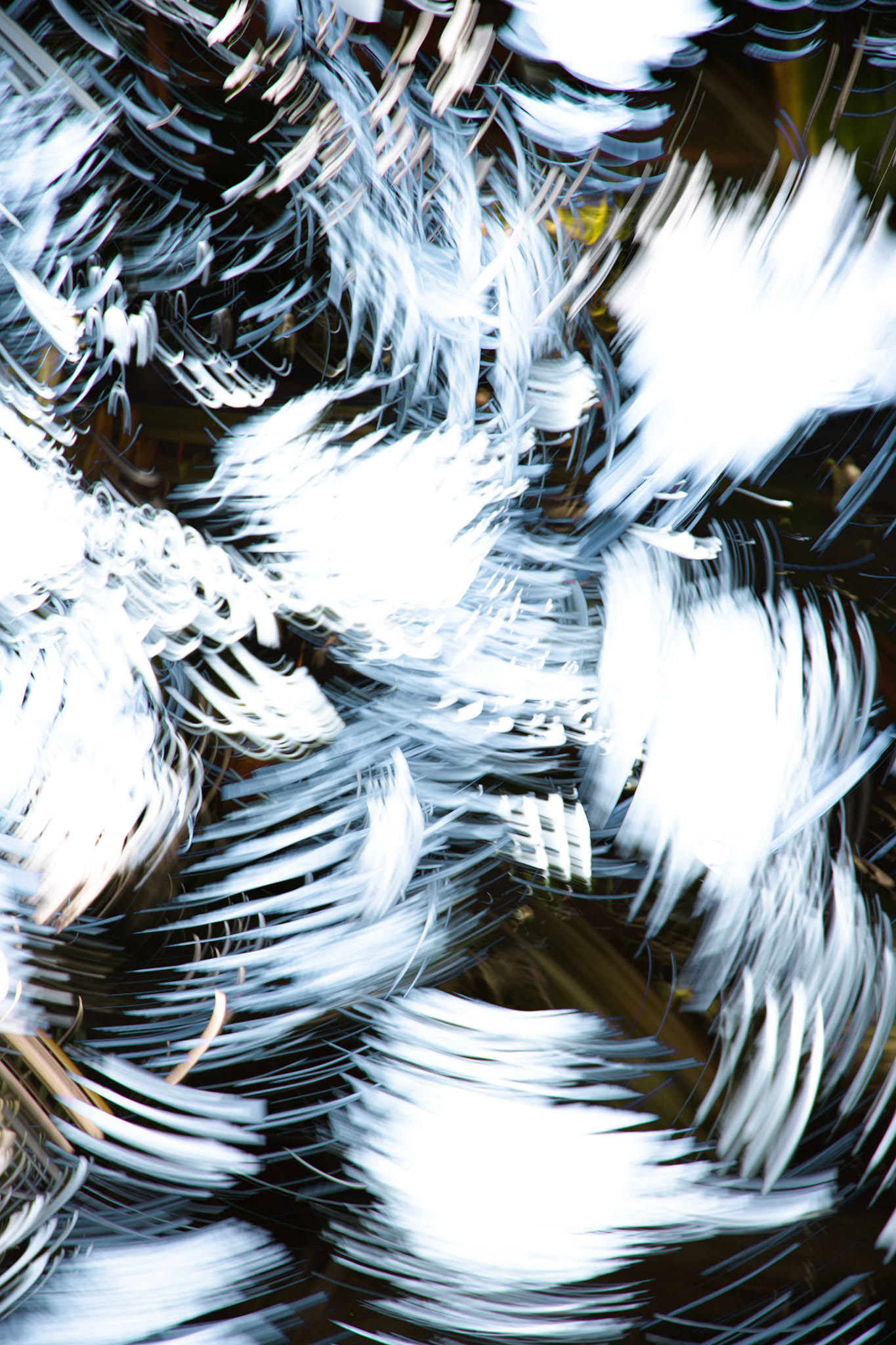

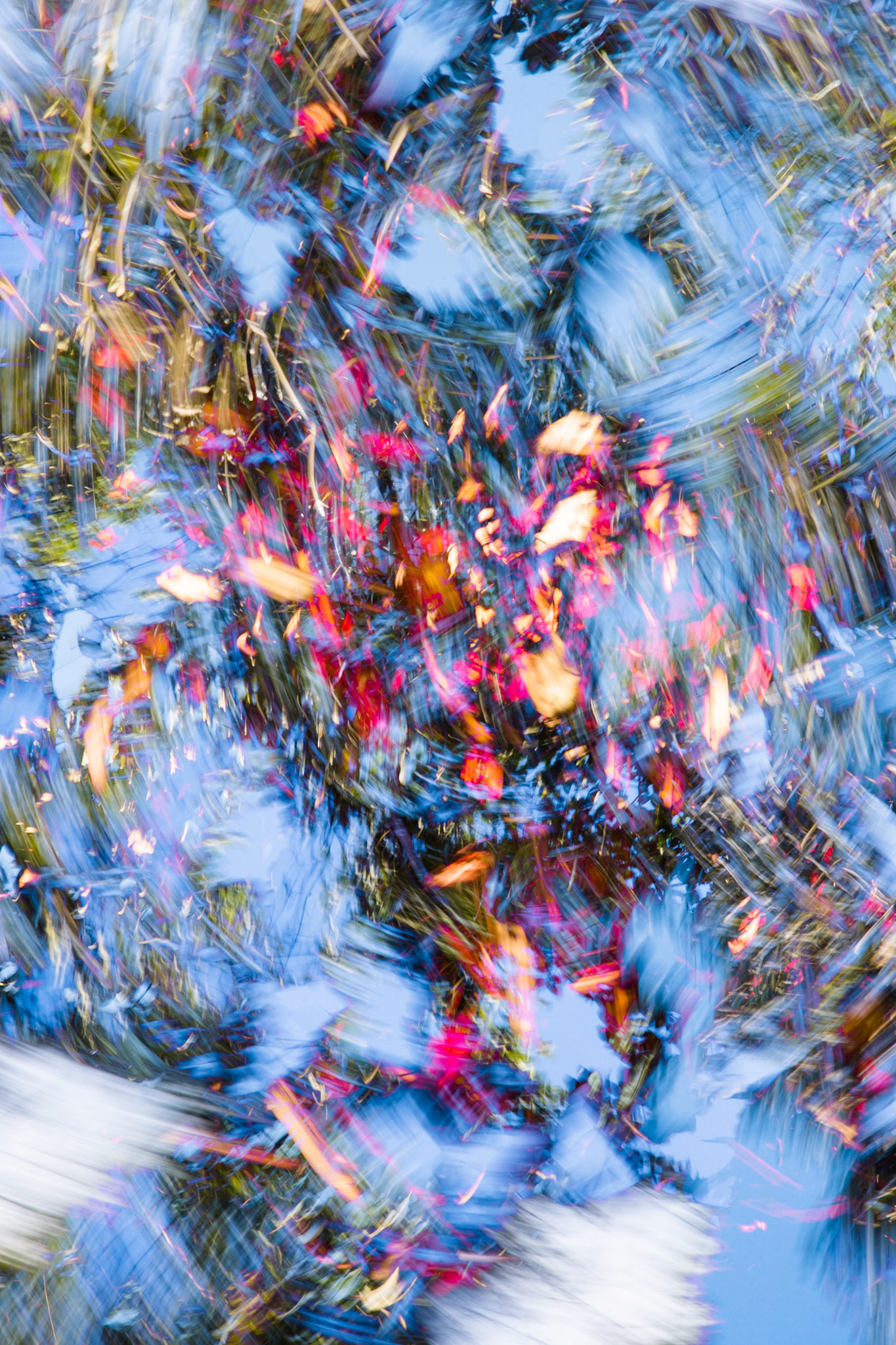


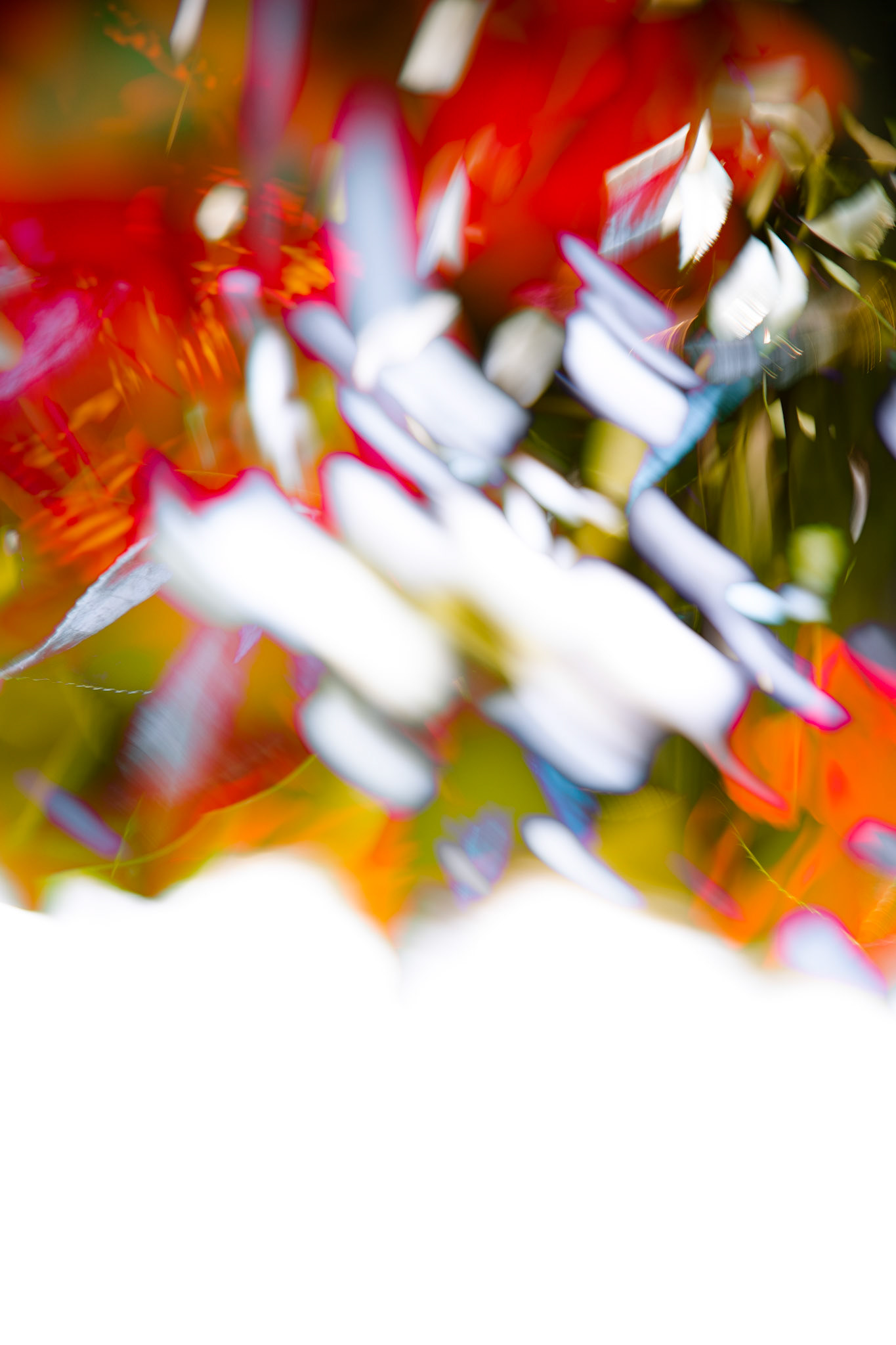

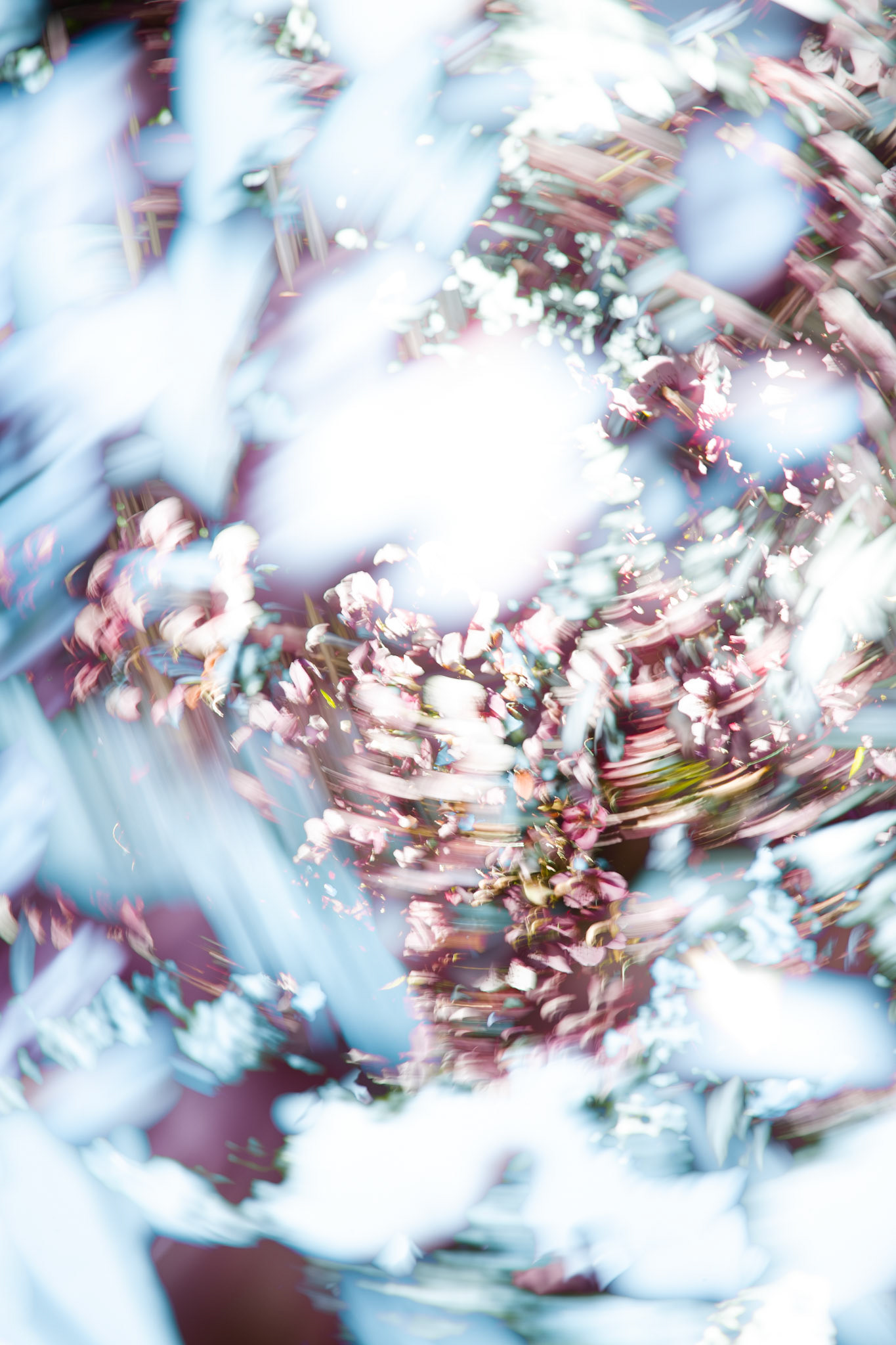

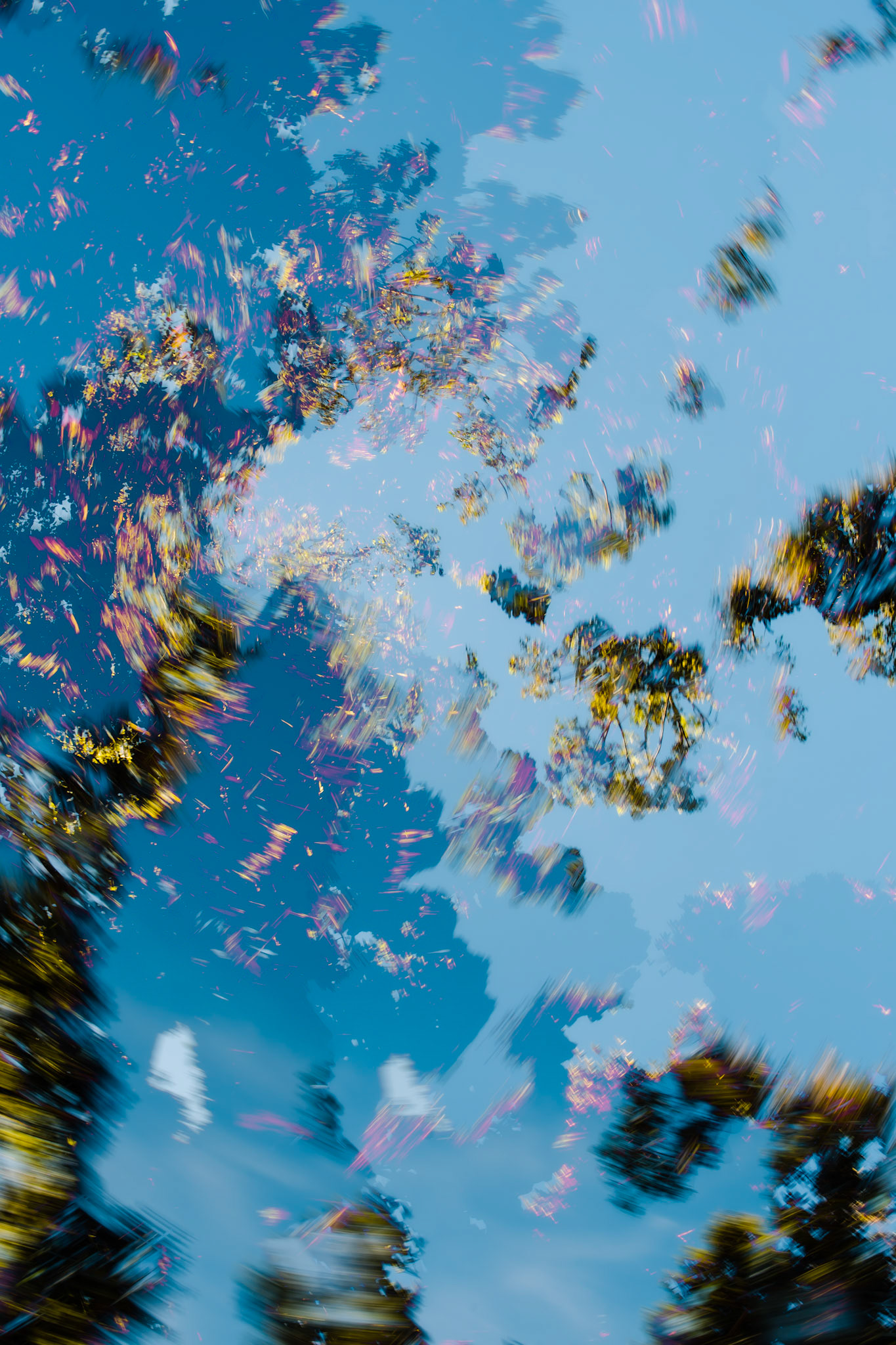

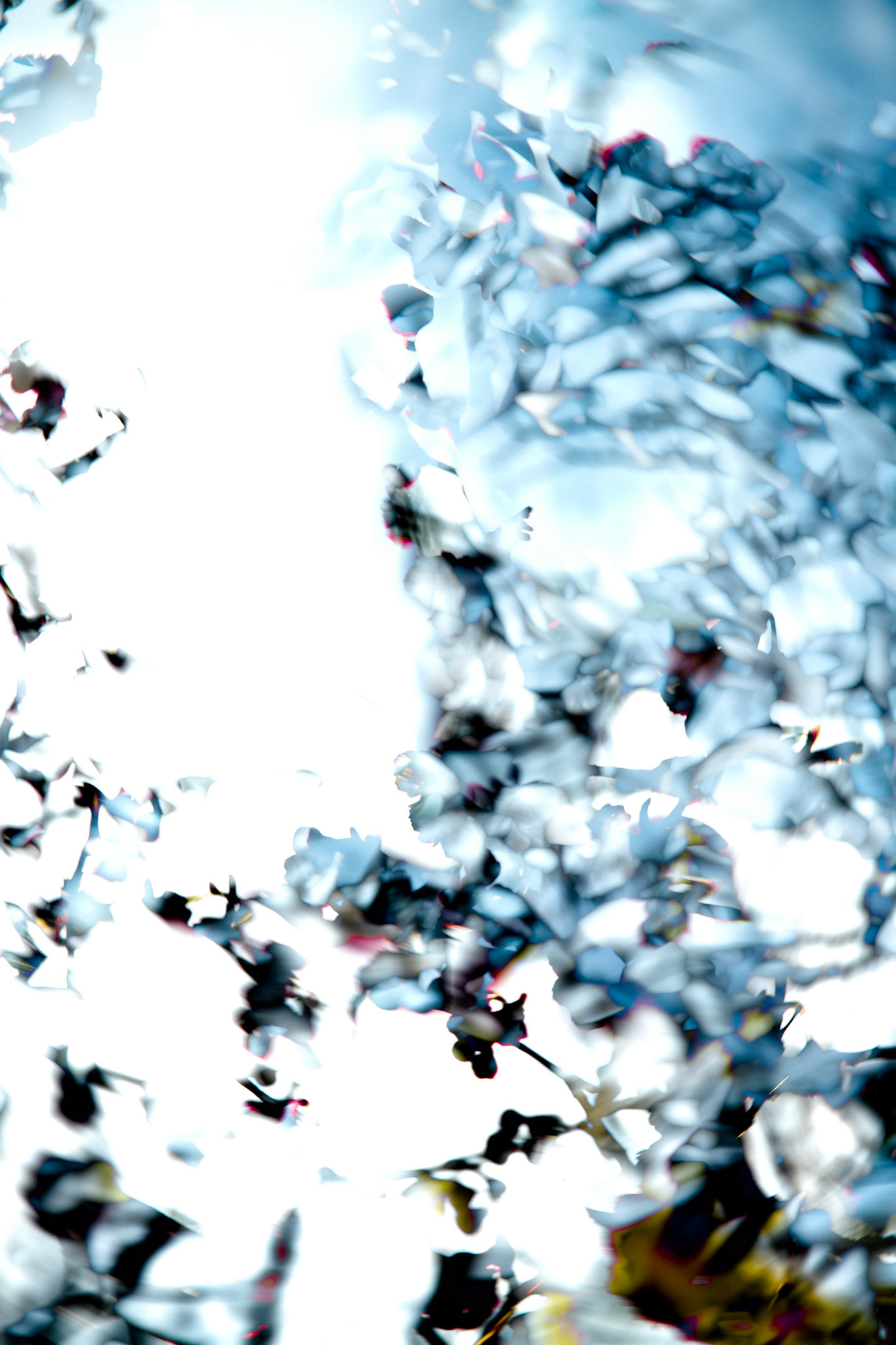
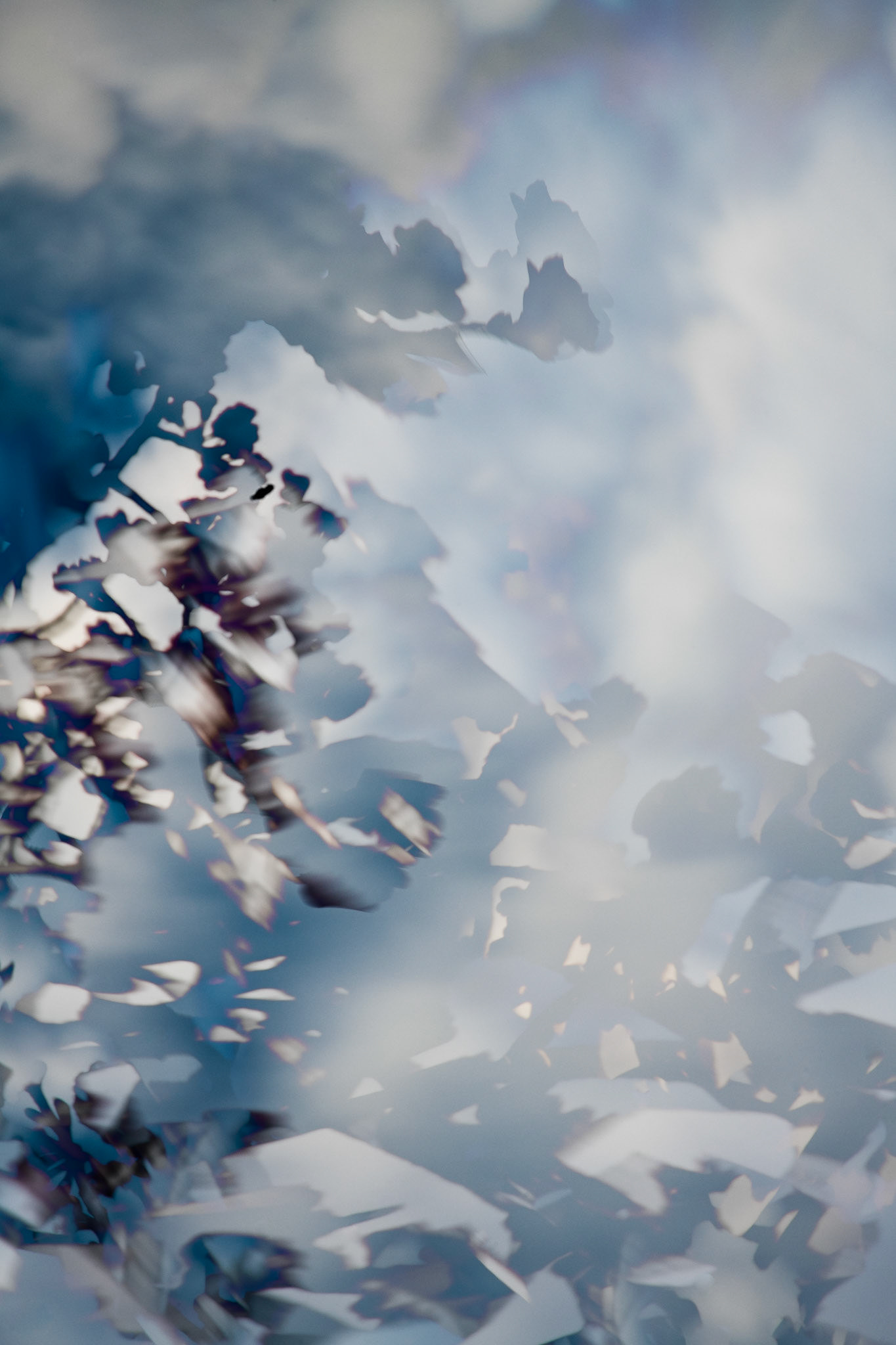


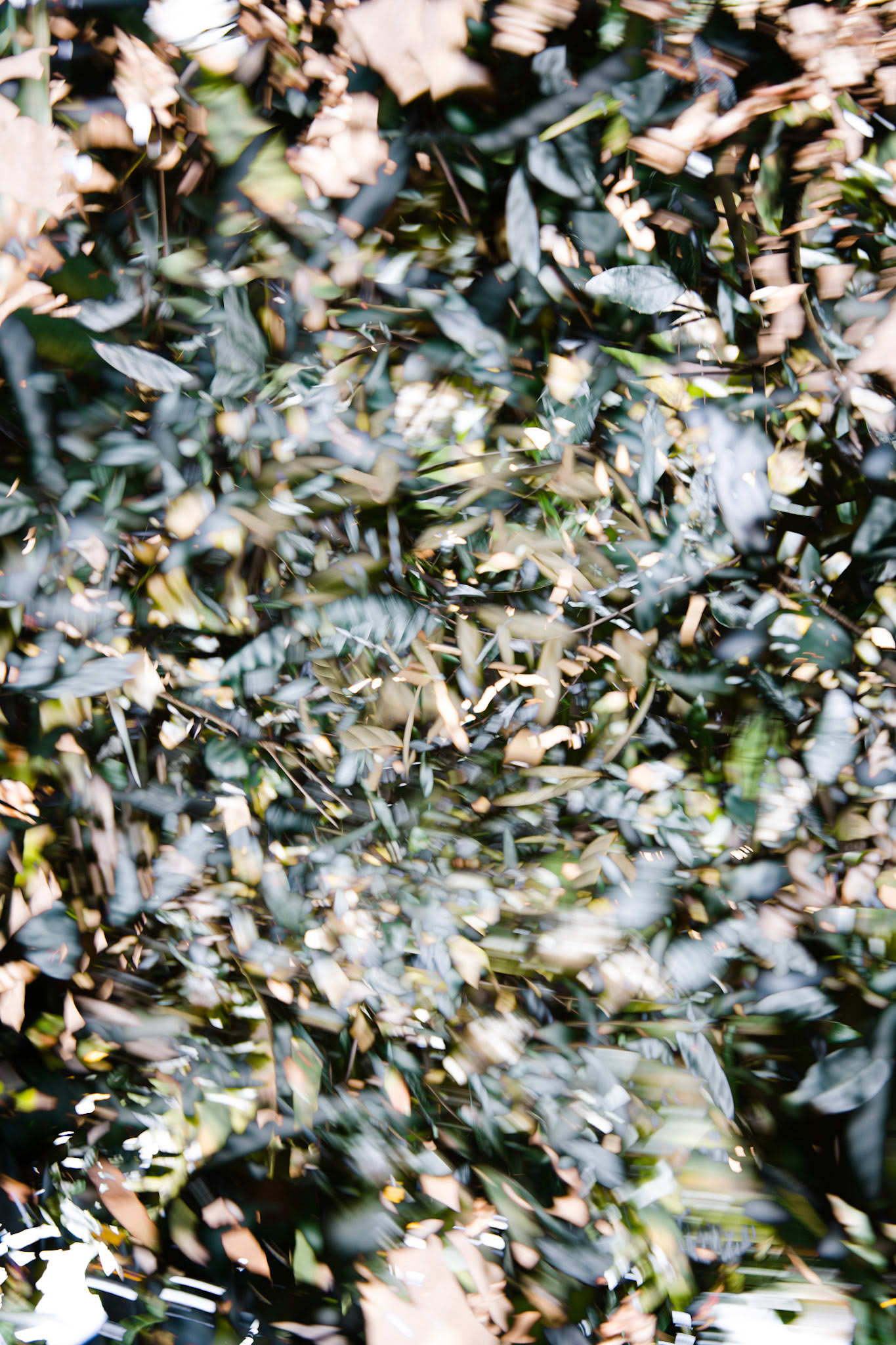
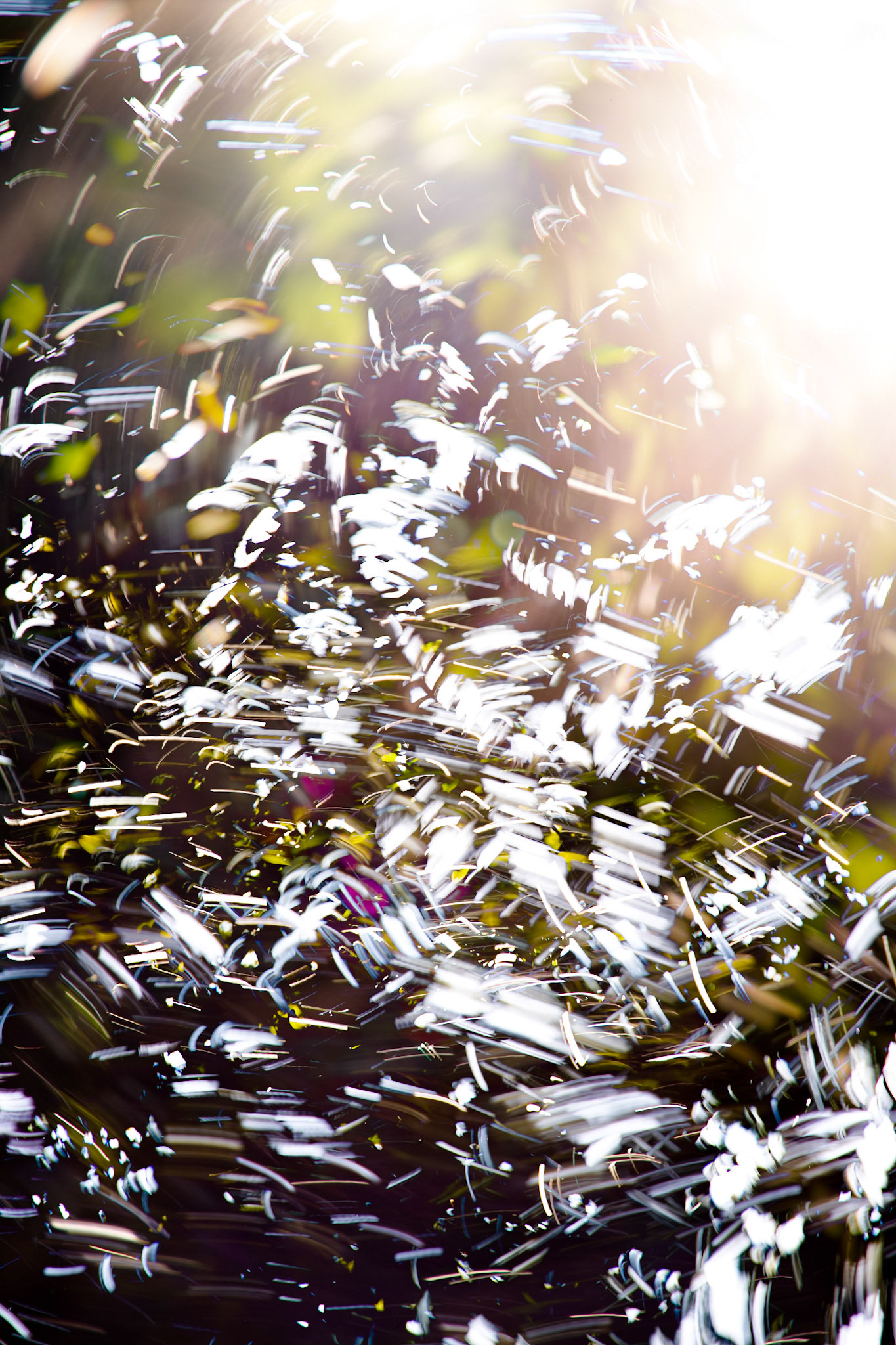
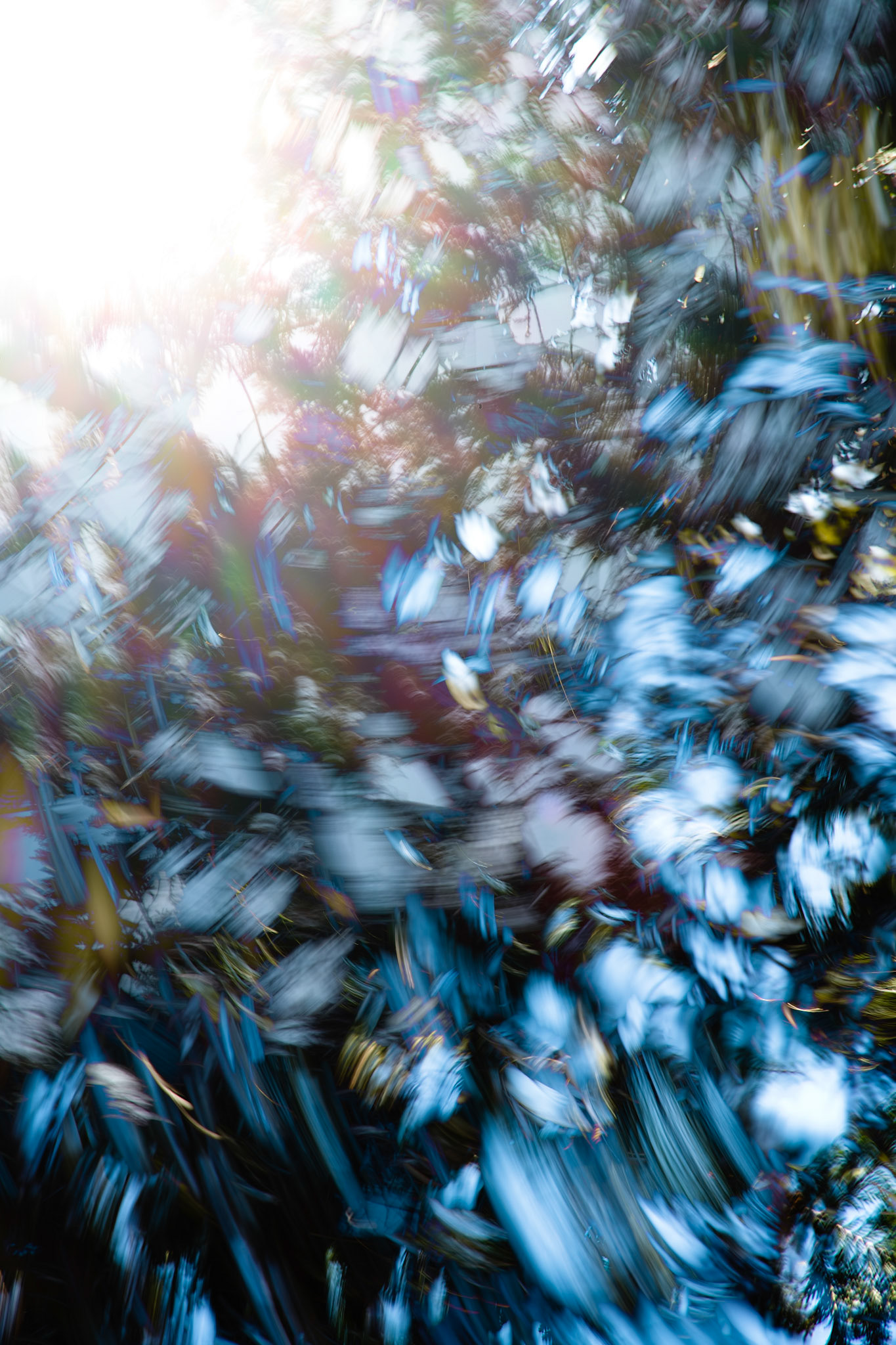


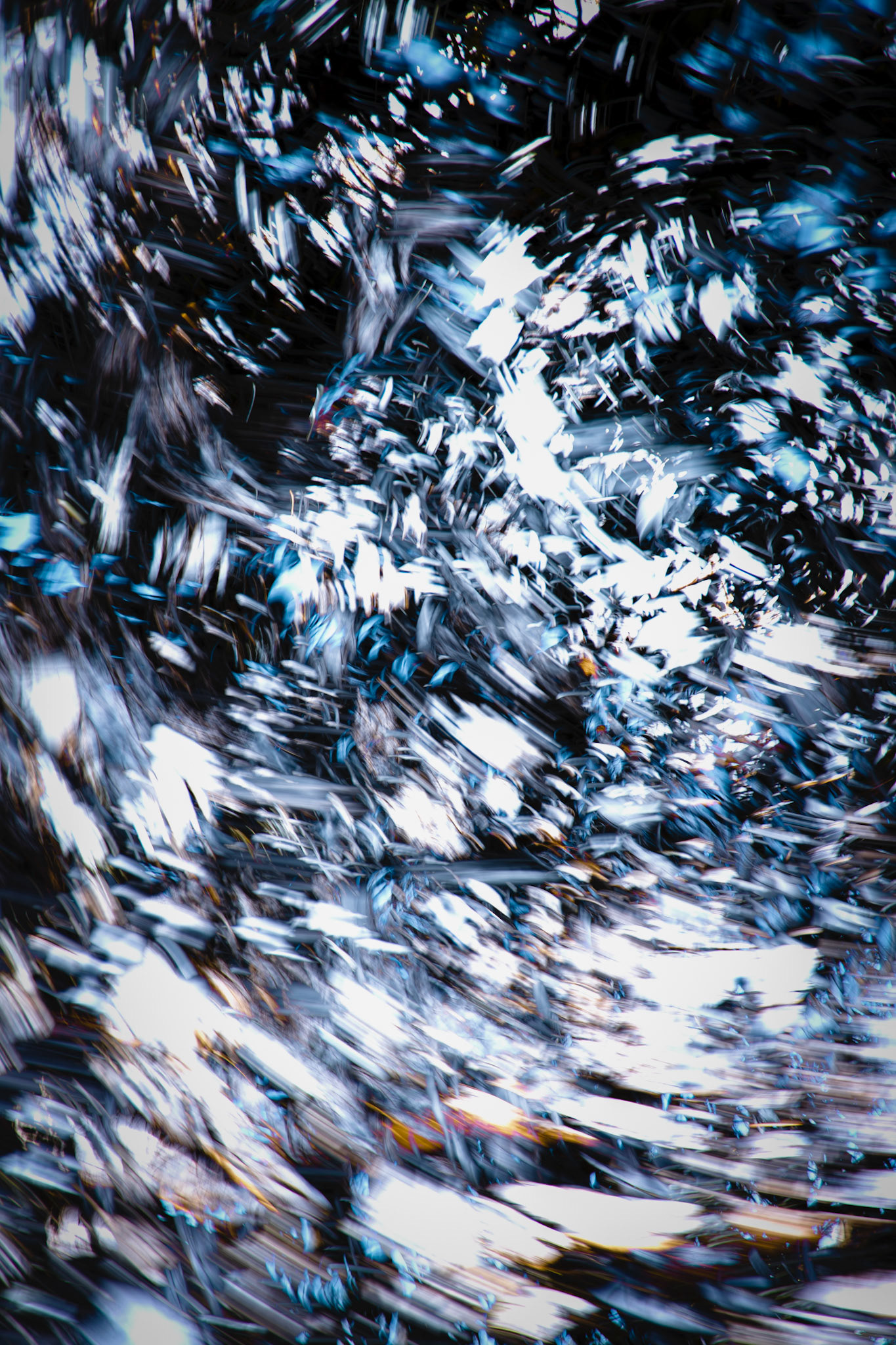
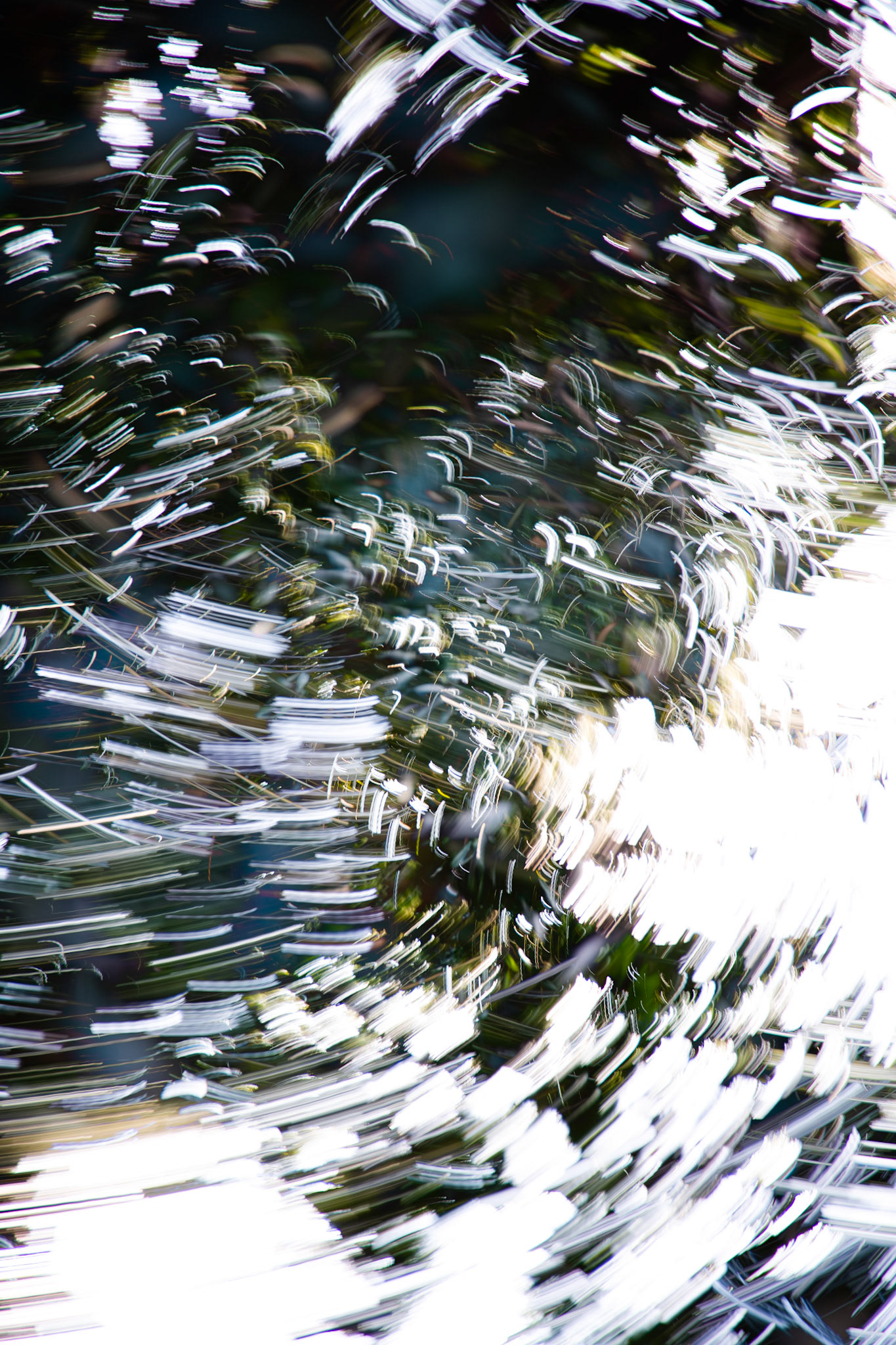

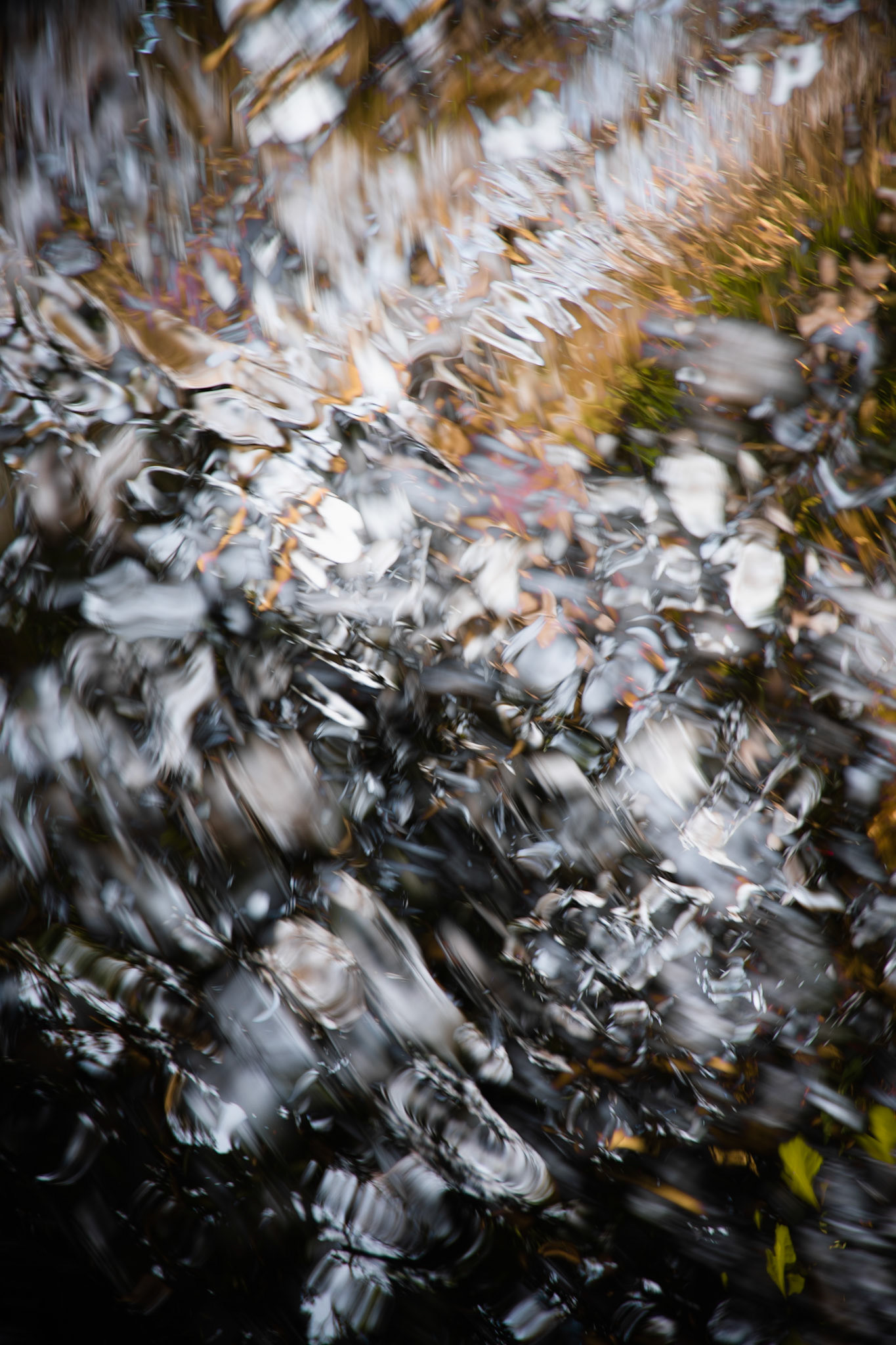


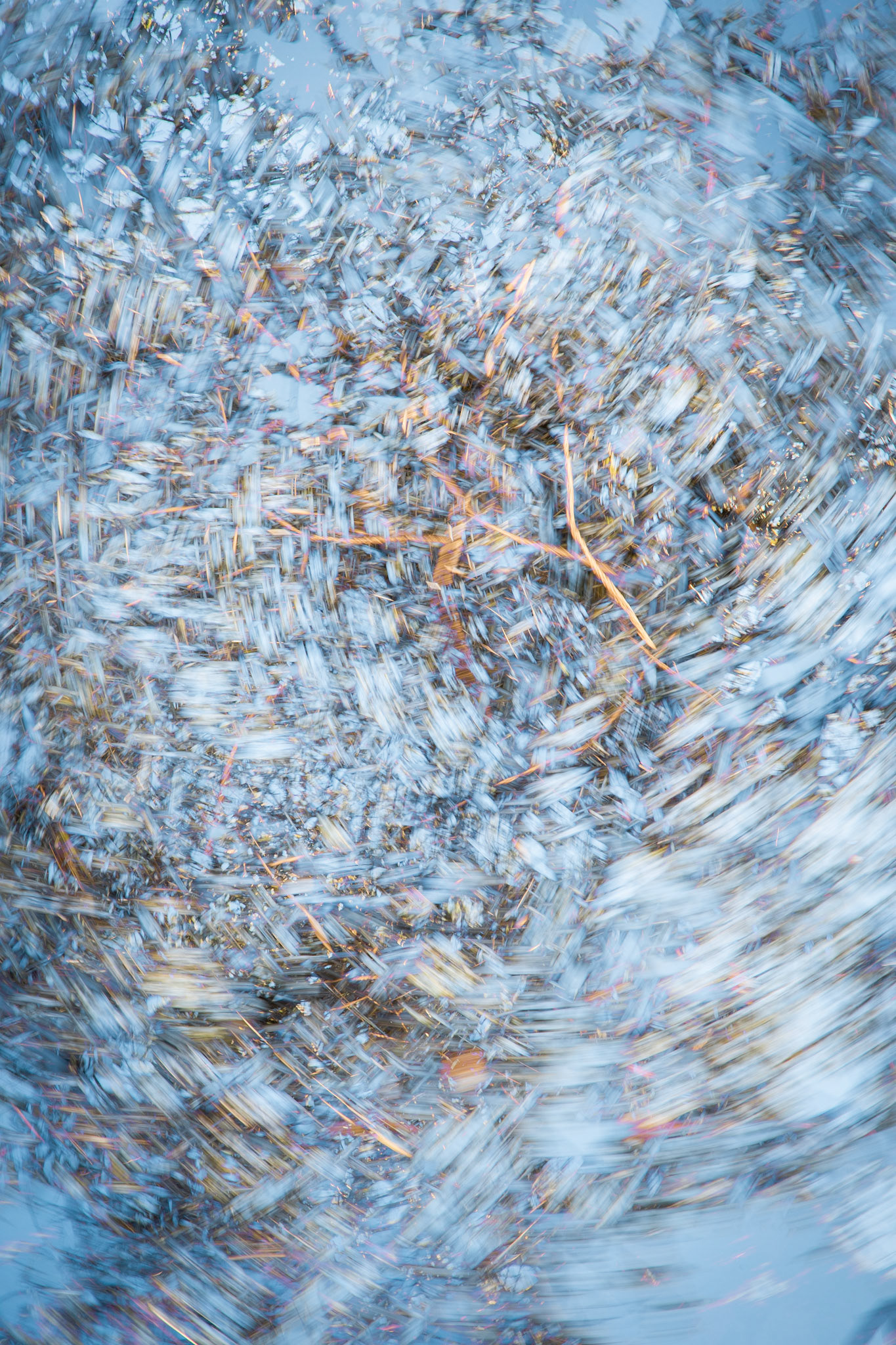
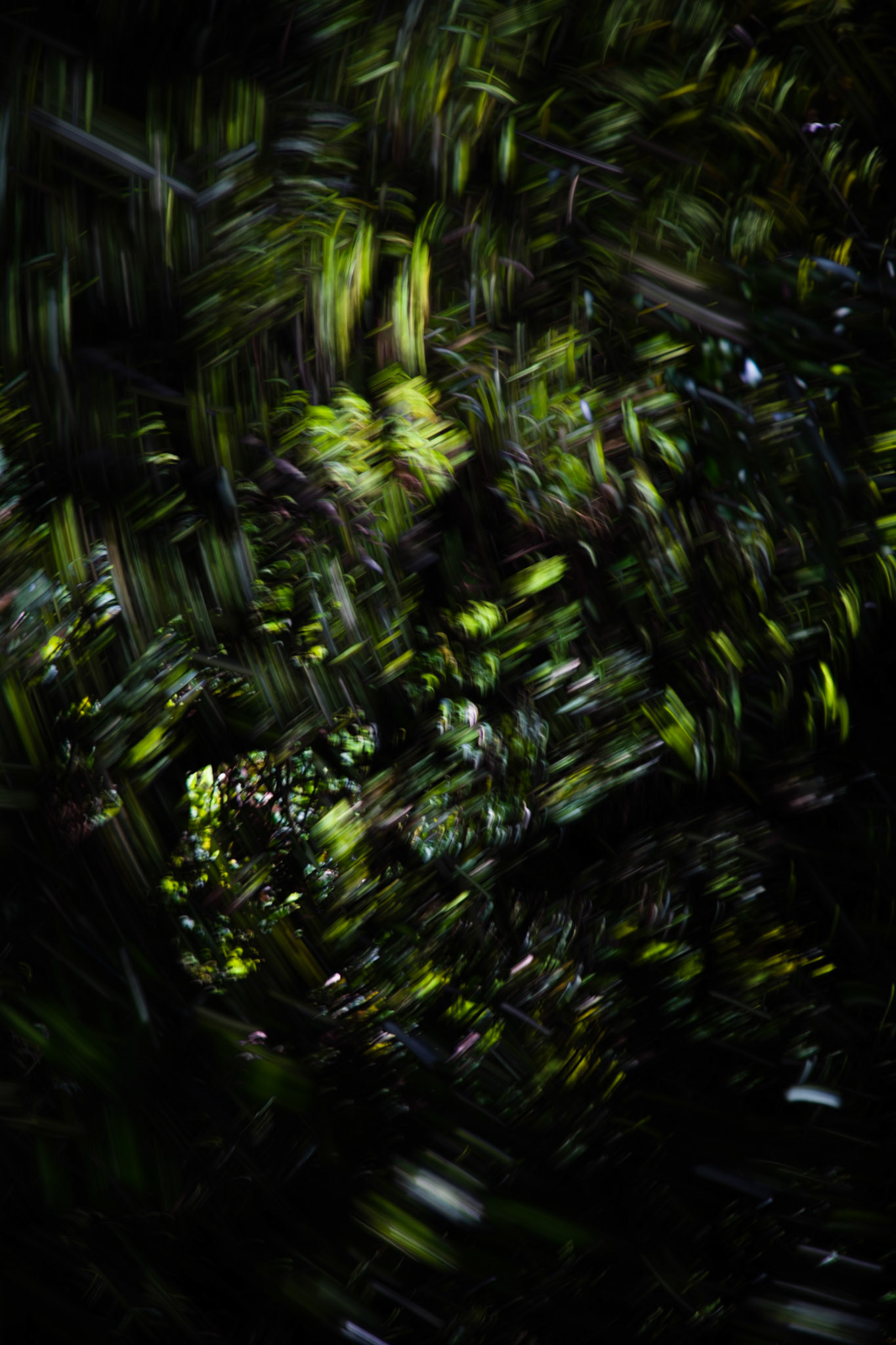
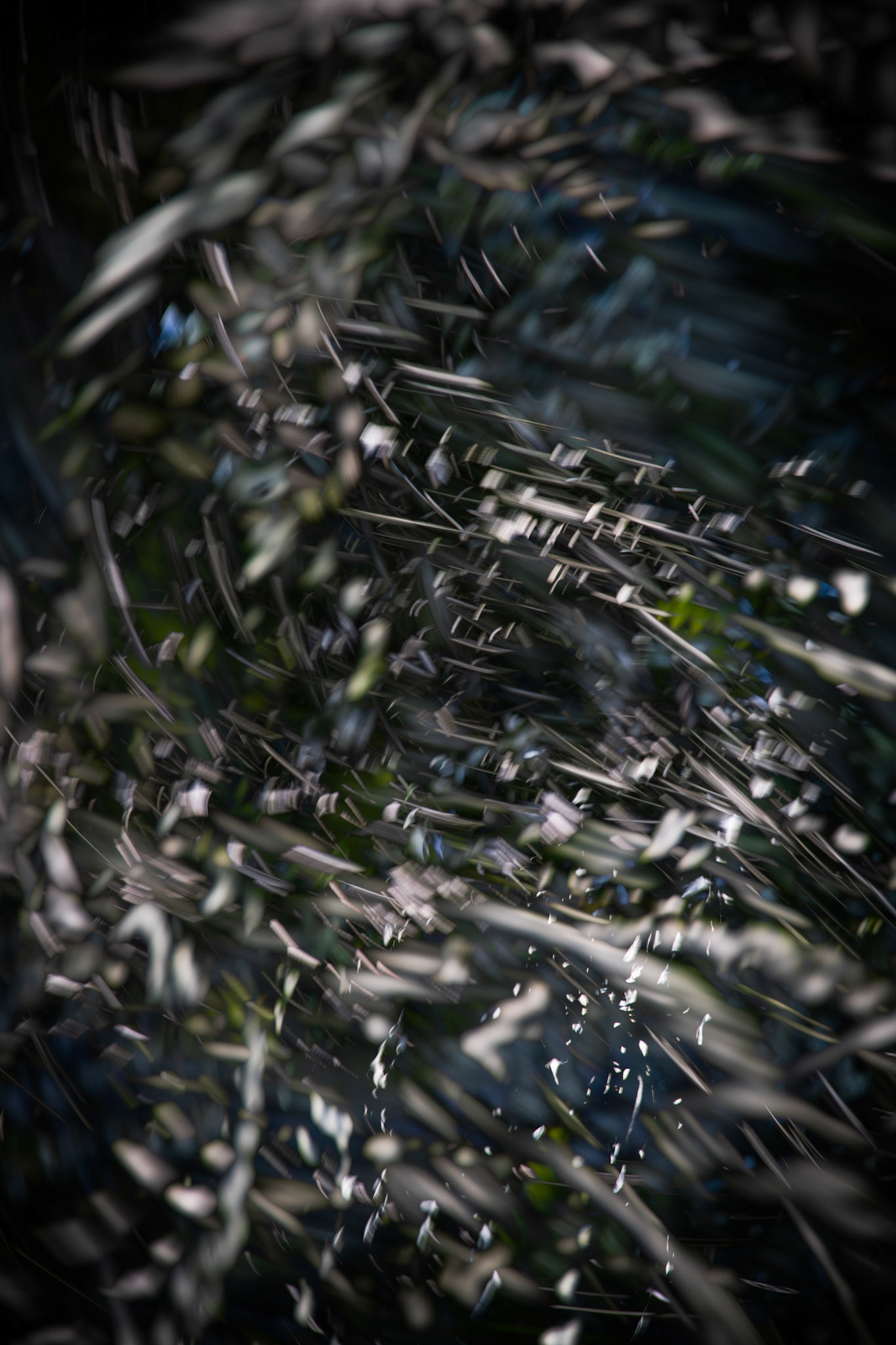
北海道・札幌にある三方を山に囲まれた土地で生まれ育った私にとって、山や森林はとても身近な存在で、当たり前のようにそれを“自然”と呼んでいた。
しかし、日本の森には人の手が入っていることがほとんどで、森林のうち40%は人工林で、50%ほどある自然林も保全のためにそのほとんどに人の手が入っている。その人工林、あるいは二次林とも呼ばれる自然林の大部分は人間による伐採や自然災害によって以前の森林が失われた跡地に成立したものもある。
これは150年ほど前まで過度な森林利用により木々が伐採され続け、はげ山と呼ばれる荒廃した森林になってしまったことが大きな原因のひとつで、法律の制定や経済・生活環境の変化に合わせて次第に森林が回復してきた。
統計から見ても現在に至るまで年々人工林が増えていることが分かっている。
自分の暮らす土地の山々の成り立ちや抱える問題を知るにつれ、昔からそこにあると思っていた景色はそうではないということに気づき、“当たり前”という概念が静かに崩れるのを感じた。
しかし、日本の森には人の手が入っていることがほとんどで、森林のうち40%は人工林で、50%ほどある自然林も保全のためにそのほとんどに人の手が入っている。その人工林、あるいは二次林とも呼ばれる自然林の大部分は人間による伐採や自然災害によって以前の森林が失われた跡地に成立したものもある。
これは150年ほど前まで過度な森林利用により木々が伐採され続け、はげ山と呼ばれる荒廃した森林になってしまったことが大きな原因のひとつで、法律の制定や経済・生活環境の変化に合わせて次第に森林が回復してきた。
統計から見ても現在に至るまで年々人工林が増えていることが分かっている。
自分の暮らす土地の山々の成り立ちや抱える問題を知るにつれ、昔からそこにあると思っていた景色はそうではないということに気づき、“当たり前”という概念が静かに崩れるのを感じた。
自然について考えると、その言葉に様々な定義があるが、主に“人の手の入っていない山や森”を指すものだと思っていた。また、山や森を表す“自然”と同時に“自然さ”という言葉も頭に浮かんだ。森の中に入ると五感全部を使って身体全体で光や風を感じ、草花の匂い、揺れる木々の残像、全てを含め体感した景色として記憶している。その行為や自分が見ている景色を当たり前(自然な振る舞い)だと思っていたが、それを静止画として写すことは難しかった。
そこで、ひとつの場所の風景を何層にも重ね合わせることで別の新しい景色を引き出した。自分自身も肉眼でこのように見えているわけではないが、ただの静止画よりずっと記憶に近いものになった。そして、写っている景色は確かにその日その場所で体感した景色そのものであり、その細部に目をこらすとその土地の植生、枝葉のシルエットや雲、空の青さも写り込んでいることに気付くはずだ。
そこで、ひとつの場所の風景を何層にも重ね合わせることで別の新しい景色を引き出した。自分自身も肉眼でこのように見えているわけではないが、ただの静止画よりずっと記憶に近いものになった。そして、写っている景色は確かにその日その場所で体感した景色そのものであり、その細部に目をこらすとその土地の植生、枝葉のシルエットや雲、空の青さも写り込んでいることに気付くはずだ。
不確かだが確かに存在していたこの景色は、“自然とは何か”について私に問いかけてくる。
Having grown up in Sapporo, a city surrounded by mountains on three sides, mountains and forests have always been a familiar presence in my life. To me, that is what the word ‘nature’ referred to.
In truth, however, almost all forests in Japan are man-made forests. About 40% were artificially planted, and the 50% that have grown naturally are almost all cultivated by humans for conservation purposes. Both the planted forests and the natural forests are so-called secondary forests. They grow on the remains of forests that were once lost due to logging or natural disasters.
Until about 150 years ago, logging was so excessive that it completely exhausted the forests, leading to phenomena like denuded mountains. Thanks to new legislation as well as changes to the economy and lifestyle, the forests have since been able to recover.
Statistical records show that the number of planted forests has been increasing every single year up to the present day. As I learned more about the history and the issues concerning the mountains near my home, I realized that the scenery I had assumed eternal was, in fact, not. I felt my concept of nature quietly falling apart.
In truth, however, almost all forests in Japan are man-made forests. About 40% were artificially planted, and the 50% that have grown naturally are almost all cultivated by humans for conservation purposes. Both the planted forests and the natural forests are so-called secondary forests. They grow on the remains of forests that were once lost due to logging or natural disasters.
Until about 150 years ago, logging was so excessive that it completely exhausted the forests, leading to phenomena like denuded mountains. Thanks to new legislation as well as changes to the economy and lifestyle, the forests have since been able to recover.
Statistical records show that the number of planted forests has been increasing every single year up to the present day. As I learned more about the history and the issues concerning the mountains near my home, I realized that the scenery I had assumed eternal was, in fact, not. I felt my concept of nature quietly falling apart.
There are many different definitions, but when I thought of nature I mostly pictured untouched forests and mountains. And whenever I thought of nature in this sense, the word “naturalness” always came to mind as well.
When I enter a forest I feel it with all my senses, and I remember the scenery vividly in all aspects that I experienced—the feeling of the wind and light, the scent of the grasses and flowers, the afterimages of swaying trees against the sky. I regarded the things I do and see in the forests as entirely normal (or natural), but it proved difficult to capture them in still images.
I began to layer images of a single location on top of each other, and a new, different kind of scenery emerged. They may differ from how it appeared to my eyes at the time, but these images are much closer to my memory than any single still image. Indeed, they show what I experienced in the forests.
If you look closely, you fill find that the vegetation of a particular place, the clouds of a particular moment, the silhouettes of tree branches, the leaves and the blue of the sky have all soaked into a single image. These sceneries, indefinite yet definitely real, lead me to ask myself: what is nature?
When I enter a forest I feel it with all my senses, and I remember the scenery vividly in all aspects that I experienced—the feeling of the wind and light, the scent of the grasses and flowers, the afterimages of swaying trees against the sky. I regarded the things I do and see in the forests as entirely normal (or natural), but it proved difficult to capture them in still images.
I began to layer images of a single location on top of each other, and a new, different kind of scenery emerged. They may differ from how it appeared to my eyes at the time, but these images are much closer to my memory than any single still image. Indeed, they show what I experienced in the forests.
If you look closely, you fill find that the vegetation of a particular place, the clouds of a particular moment, the silhouettes of tree branches, the leaves and the blue of the sky have all soaked into a single image. These sceneries, indefinite yet definitely real, lead me to ask myself: what is nature?